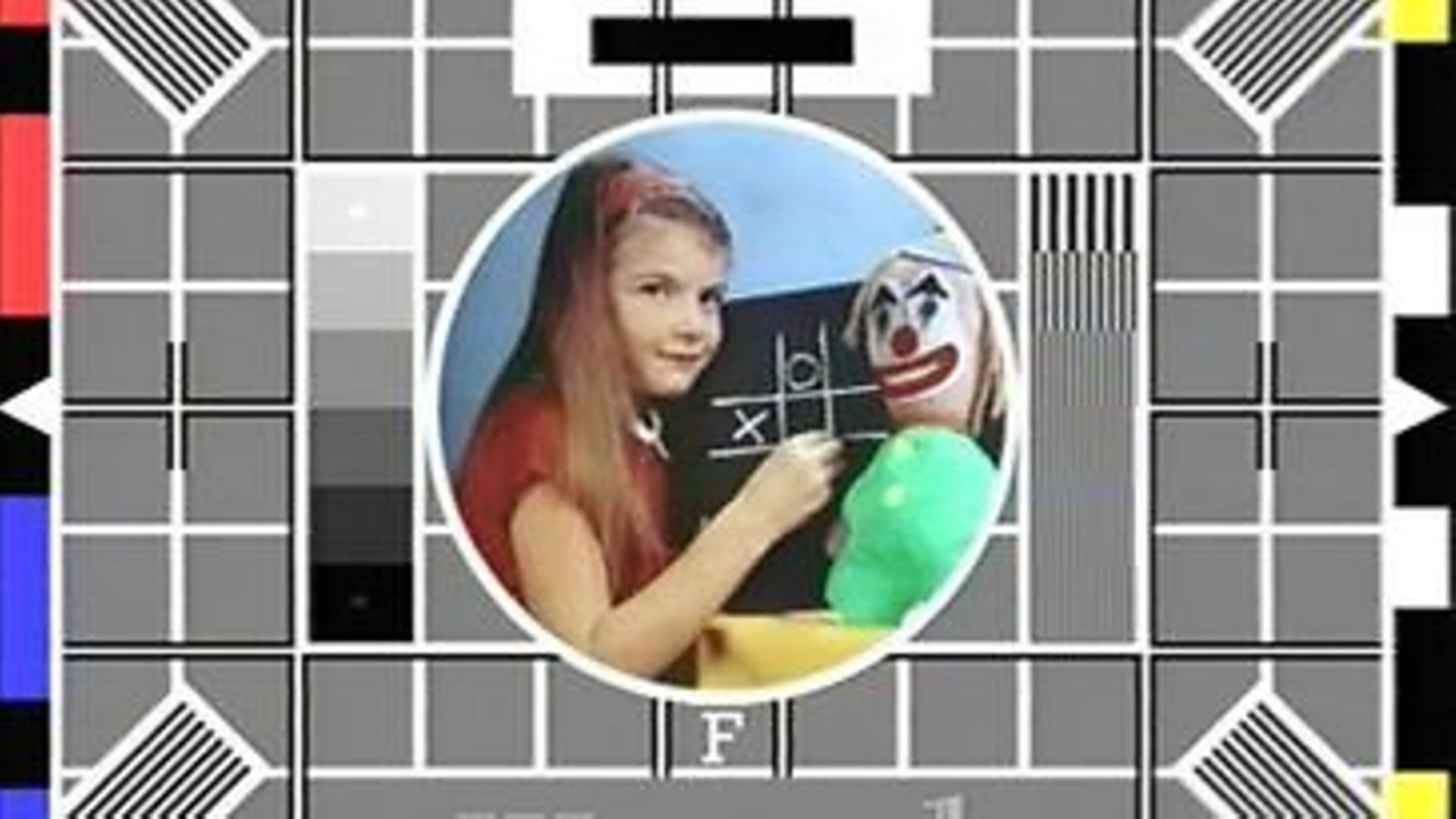
WILL SELF on the mundanity of tech.
Sympathetic magic is usually conducted using what the pioneering structuralist anthropologist, Claude Lévi-Strauss, termed “a symbol set”: bundles of herbs, fetish objects, dolls in the likeness of the relevant parties. Feelings are brought to a focus then beamed across space and time; remote and mystic causes create very real effects. For Lévi-Strauss the issue with such practices – which are both ubiquitous and universal – is not to do with whether they can be said to ‘work’; manifestly, they do, for if they did not they wouldn’t command such universal assent from both adepts and adherents. Which is to say: this is no mere reasoning, along the lines of stopped clocks, correct times, and twice in the 24, but a deep-seated and complex set of practical convictions, sufficient unto the moral values they exist in reciprocal relation to.
It was the science fiction writer Arthur C Clarke who espoused the view “any sufficiently advanced technology is indistinguishable from magic”, and for all that we know computers’ ulterior structure consists of the great gearing into one another of binary codes and electronic circuits, nevertheless there remains a sense of the supernatural for most of us in the way miniscule clicks effect massive results: despatching messages to thousands, summoning images – still and moving – of both the inconceivably bizarre, and the living dolls that are our loved ones. At any rate, I certainly know that I have faith in computer technology rather than any more rational relationship with it; why else would I sit and stare at its screens for hour-upon-hour, while all they’re displaying is a spinning rainbow ball, or a stylised hourglass?
This sort of thrall used to be reserved for the test card on television, in the silent aeons before there was a 24-hour service, when the chronically bored would await the children’s and Open University programmes with equal enthusiasm. Or, if we go back further, for the hagioscope: that strangely shaped hole in ecclesiastical masonry, through which the worshipper concentrated his or her adoration on an image of a saint. But what have I gained from this communion, during which the computers I’ve ministered to have whined and whickered to themselves? Nothing, I’d contend, save for an implacable hatred for computer design: both hardware and soft.
I do not know the name of the designer who conceived of the tool you use in the Word word-processing programme to move up and down the document – but I wish I did. If I did, I’d go round to their house and protest. I see myself standing in some dusty front yard out in the limitless ‘burbs of Silicon Valley, shouting at the resolutely Venetian-blind-sealed windows of their faux ranch house: “Why did you do it?! Why did you make it so that there’s three tiny horizontal lines in the middle of the strip, as if it were a solid object made of injection-moulded plastic, and these are the ridges that allow your fingertip grip?!” Or, quite possibly, I wouldn’t do this at all – because I know the answer: the computer’s virtual interface is designed in this way to make it seem more familiar – and thus more approachable.
The favoured technique is the skeuomorph: a formerly utile element (the tiny plastic ridges) repurposed as a design one (the three little horizontal lines). Skeuomorphs silt up the gap between one technological era and the next – which is why our own is so very replete with them. But really, Britain has been the land of the skeuomorph ever since the interwar era when we built an entire suburbia out of faux black wooden beams and faux white plaster. To listen to their boosters, with their talk of computing power doubling ad infinitum, and these burgeoning intelligences communing with one another, is to hearken to a faith as compelling as any religious believers – but to look upon their works remains painfully boring. No illuminated manuscripts these – whether Bible, Quran or Diamond Sutra. No delicate interlacing of images and symbols, but merely the crudest framing of a filmic realm assumed to be of interest purely on the basis of its verisimilitude.
Yes, ours is a secular communion in which we worship at the glowing altar of the ordinary. Our magic conjures up the mundane – teenagers dancing, cute puppies, ugly rioters – and we think it miraculous. As I pace the streets of south London on my daily constitutional I see the votaries in their semi-detached cells, each one lit up by the halo of bluish light emerging from the screen they’re bowed over. When I boot up my Toshiba laptop the combination of aggressive red-and-white graphics and weird bing-bong-binging which constitute its vital signs make me feel physically sick – for I know it’s welcoming me to nothing but another denatured and isolated day. One spent scrutinising little pictograms and pseudo-shadows, while pointing and clicking – an existence as benighted as that of anyone in the grip of superstition.










